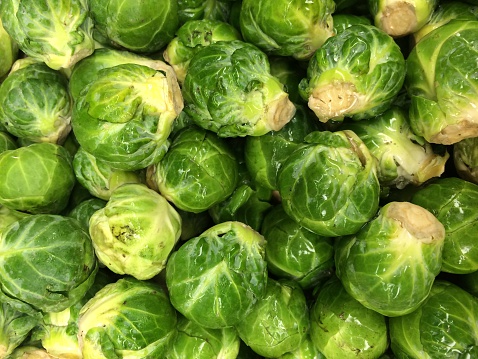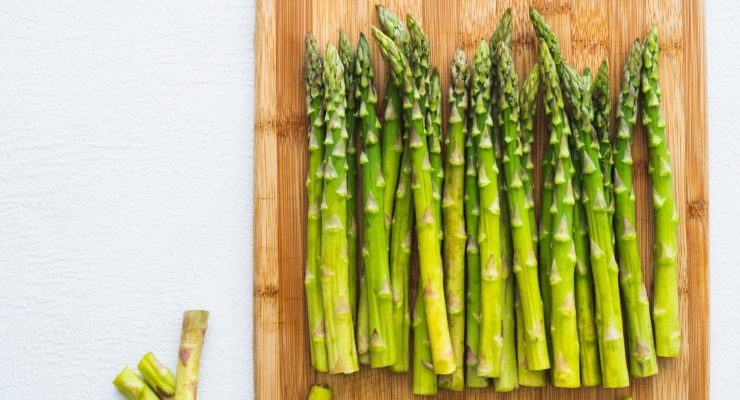5 Veggies You Have to Try Roasted
Article posted in: Diet & Nutrition
Slow-cooking vegetables in the oven brings out their natural sweetness and other flavors. Roasting also transforms the texture of many veggies, turning softer types crispy and tenderizing crunchier varieties. In some cases, the nutrients in roasted veggies are easier for your body to absorb. Best news: Many of these are non-starchy vegetables on Nutrisystem, so you can enjoy them as you want without slowing your weight loss progress.
We’ll get to the specifics of how to prepare a few favorite roasted veggies below, but no matter which you choose, cut them into roughly equal size pieces so they all cook evenly. Drizzle them with olive or canola oil before cooking to help keep them from drying out and to perk up their flavor. But use as little as possible—no more than one teaspoon per cup of vegetables. Toss them well on the pan to distribute the oil evenly.
Cook until the roasted veggies are lightly browned. If they start to look dried out before they are done, you can drizzle them with a little vegetable broth or no-sugar-added apple juice. If you want to add even more flavor, sprinkle the vegetables with fresh or dried herbs, such as thyme or rosemary, after roasting.
1. Asparagus
Why: Two great tastes: The tips become brown and crisp, while the stalks turn tender and juicy.
How: Thicker spears are best for roasting. Cook at 400 degrees F for about 15 to 20 minutes, turning once. Finish them before serving with a few grinds of pepper and fresh lemon juice.
2. Brussels Sprouts
Why: Roasting eliminates the cabbage-y aroma that many people don’t like about Brussels sprouts and makes the leaves crunchy rather than mushy.
How: Remove any floppy outer leaves, then cut sprouts in half. Toss with oil and a splash of balsamic or cider vinegar, and sliced garlic. Cook at 375 degrees F for about 30 minutes, turning them once. If the leaf edges haven’t browned, move the pan under the broiler for a few minutes, until you see them turning crisp.
3. Butternut Squash
Why: When roasted, the sweet-flavored squash has a consistency a lot like melted cheese, so you can use it as a lower-fat substitution in enchiladas and omelets.
How: Many grocery stores now sell butternut squash already cut into cubes, which are ideal for roasting. If you’re starting with the whole squash, cut it in half, scoop out the seeds, then use a vegetable peeler to remove the skin. Cut the flesh into one-inch cubes. Toss them with oil and zesty seasonings such as garlic powder or cayenne pepper. Cook at 400 degrees F for about 30 minutes, until the edges begin to brown.
4. Carrots
Why: Cooked carrots have higher levels of carotenoids, an important nutrient that helps your body make vitamin A, than when they are raw. Roasted carrots become tender and even sweeter than raw ones, too.
How: If you have thick carrots, slice them on an angle into rounds or sticks about a half-inch thick. You can roast thin carrots whole. Toss them with herbed vinaigrette, then cook at 400 degrees F for 30 minutes. Sprinkle with fresh parsley before serving.
5. Tomatoes
Why: Sure, tomatoes are delicious fresh and raw, but roasting them deepens their flavors and turn them into the main ingredient of extra tasty sauces and salsas. Cooked tomatoes also have higher levels of lycopene, an antioxidant that helps protect you from heart disease.
How: Paste or roma type tomatoes work best, but you can use any kind, even cherries. Whichever you choose, slice them so they are about a half-inch thick (just cut smaller types in halves). Toss with olive oil and minced garlic and roast them at 325 degrees F for about an hour, until they are softened but still juicy. Top with a few sprigs of fresh oregano.












